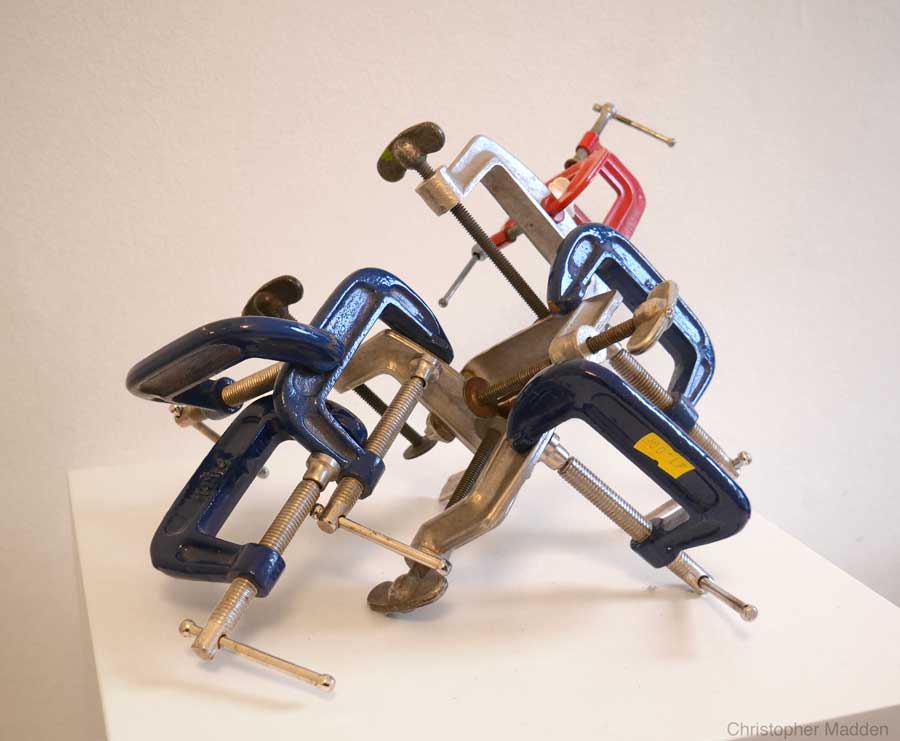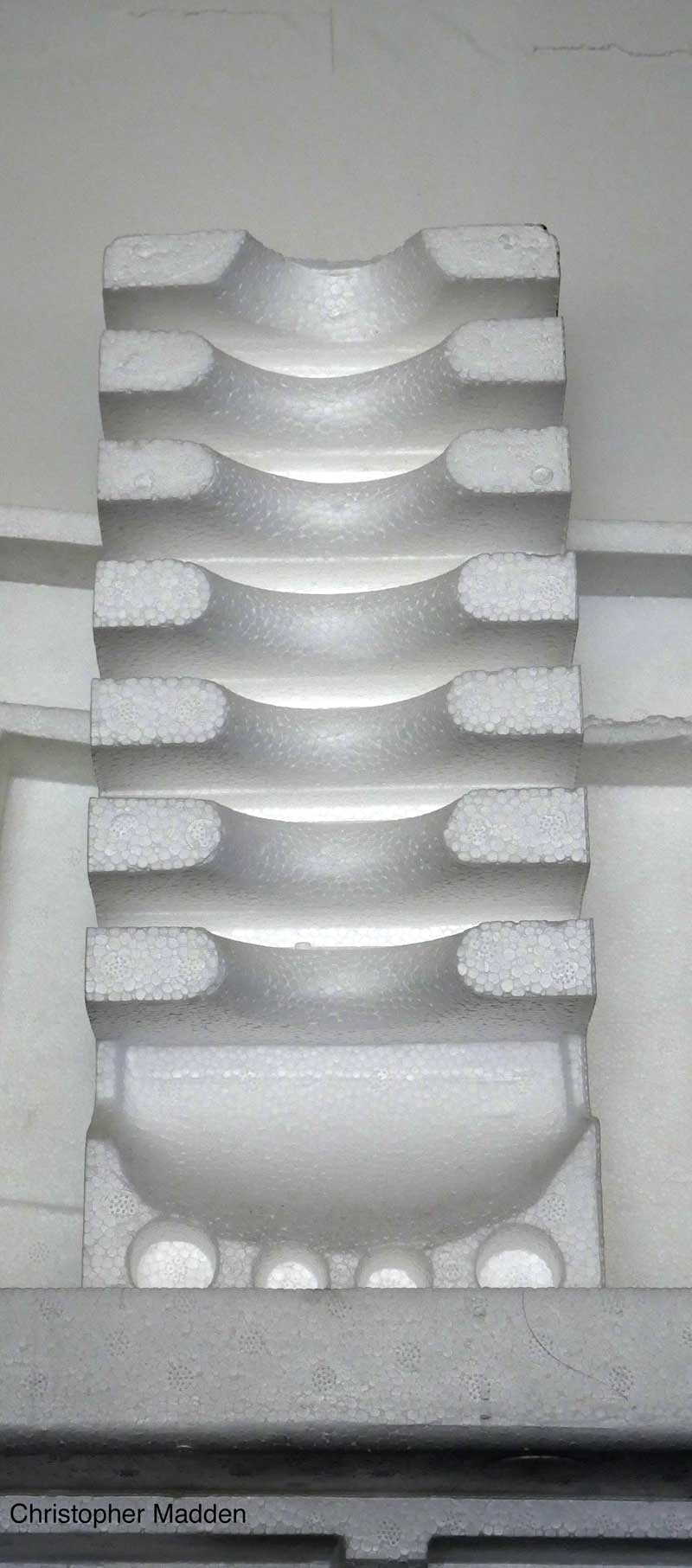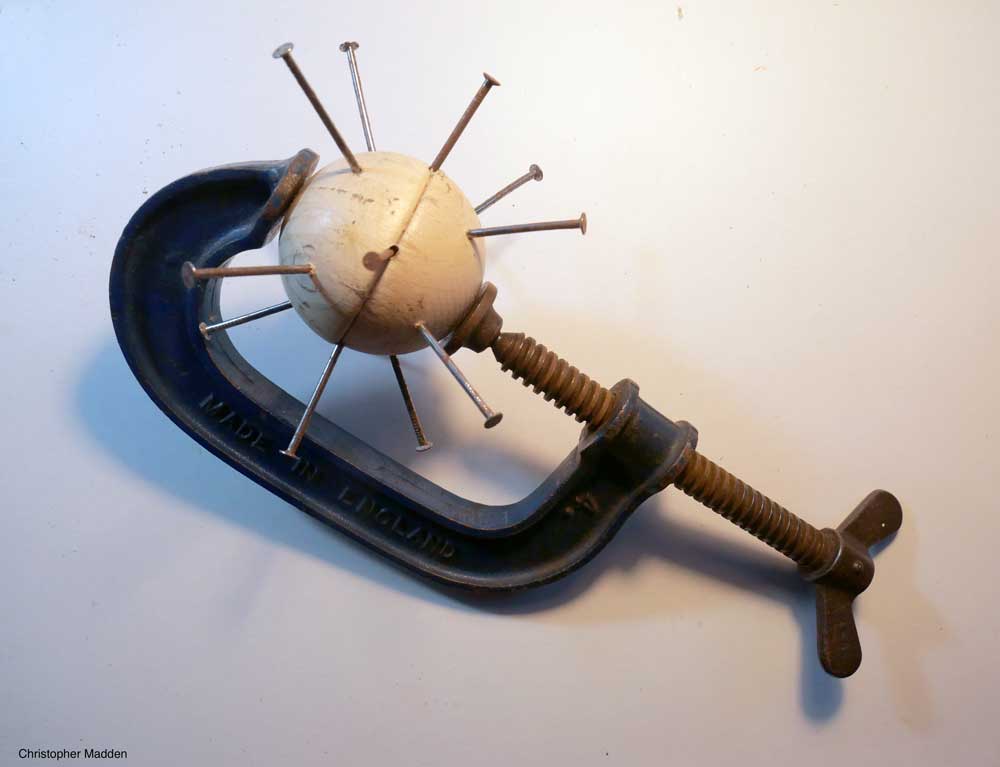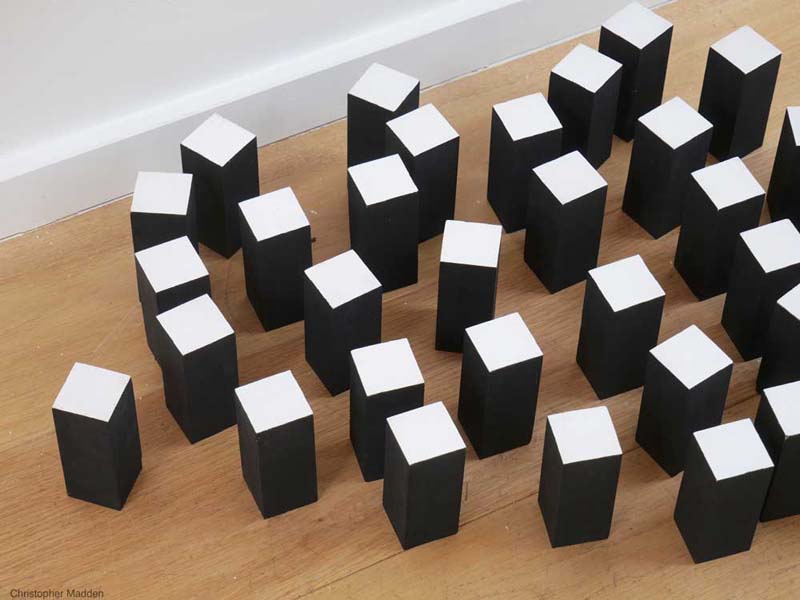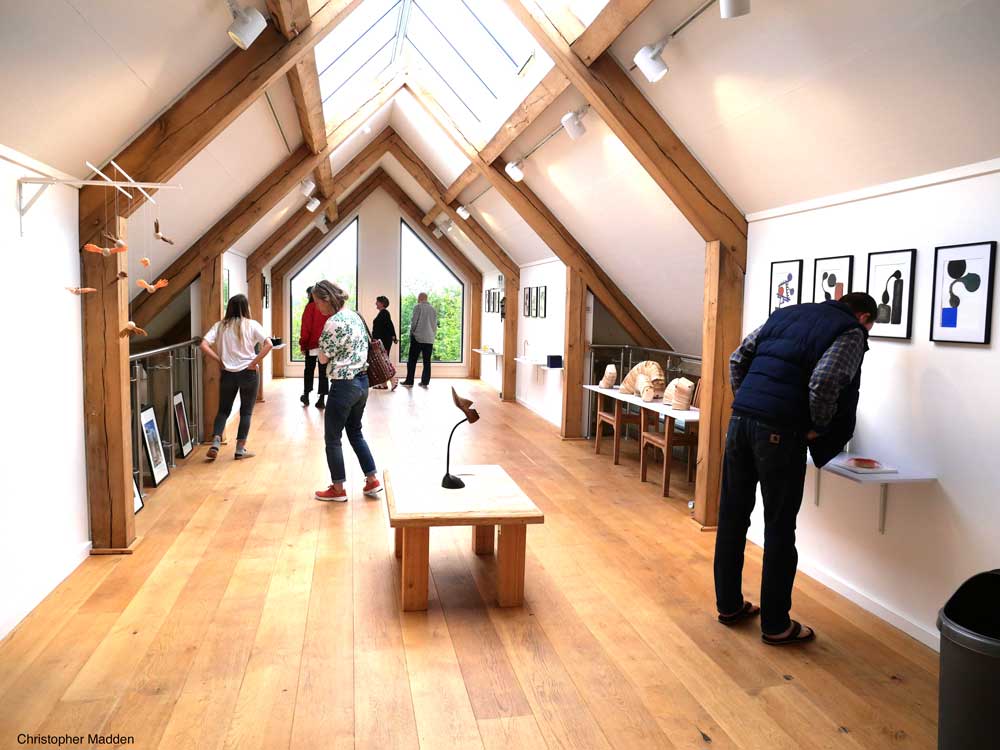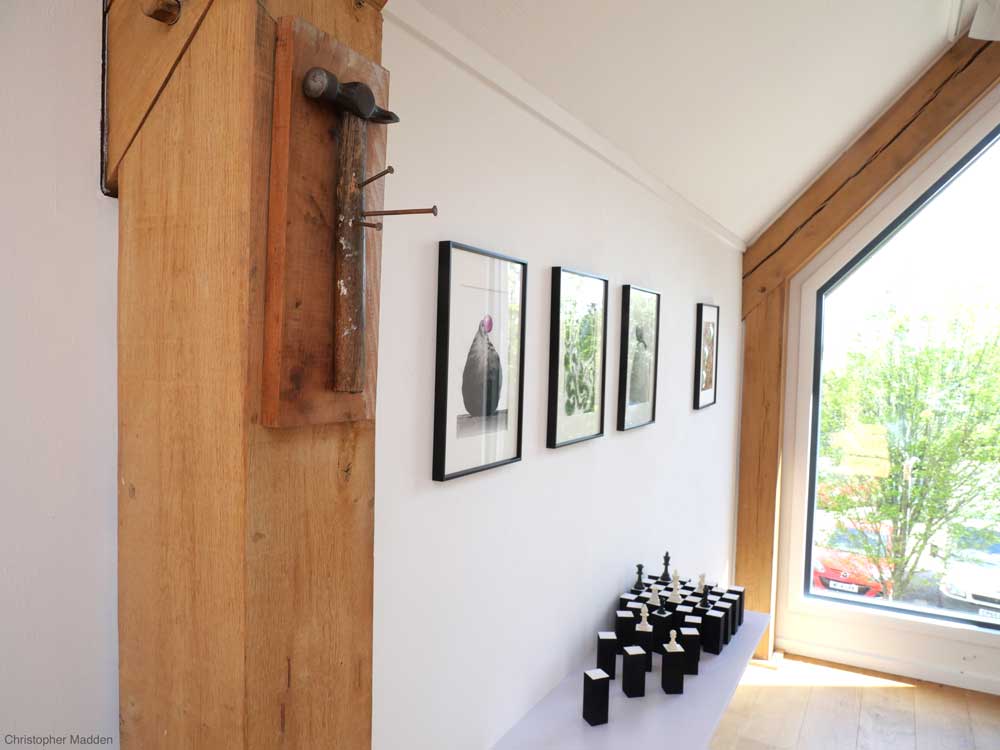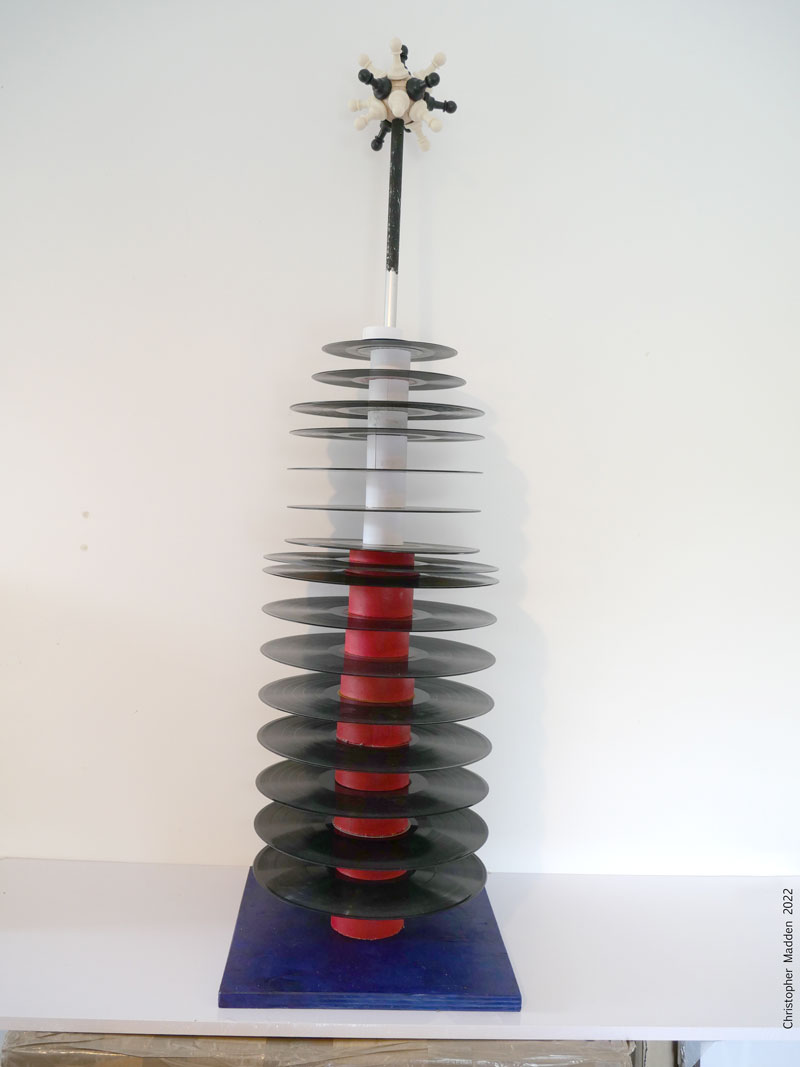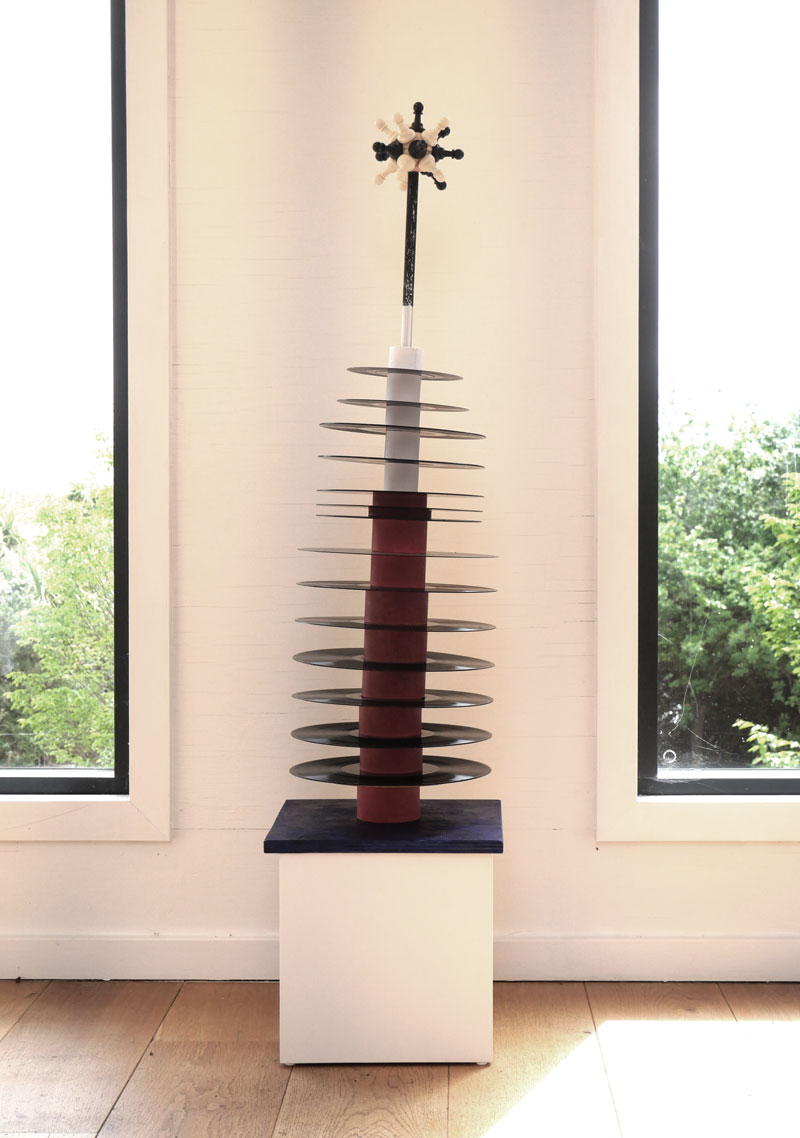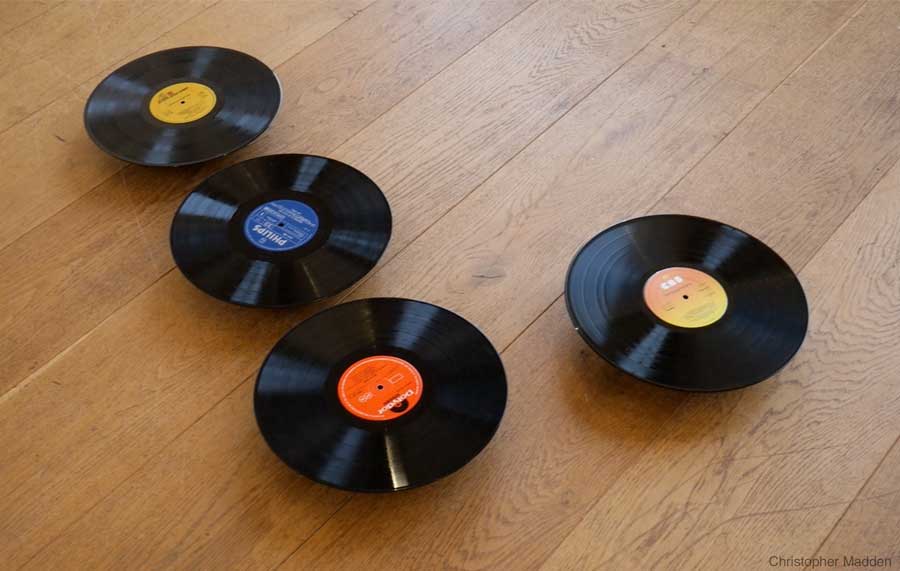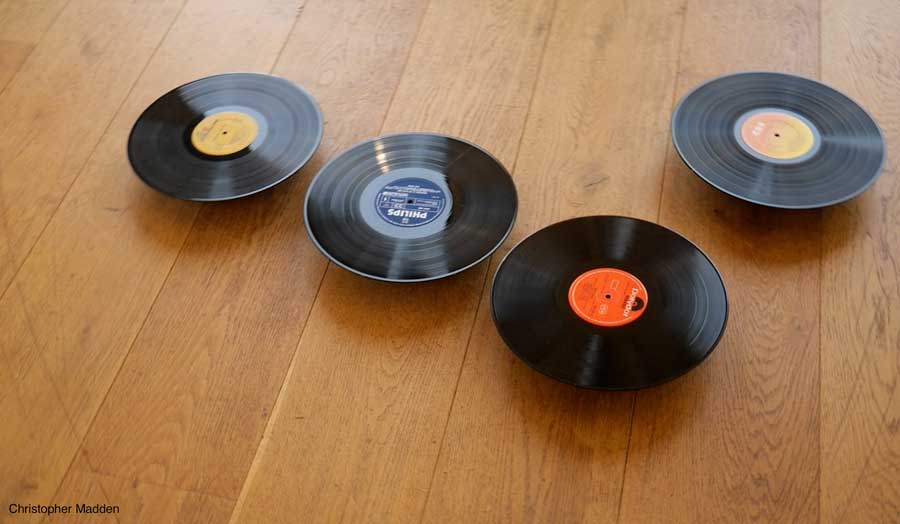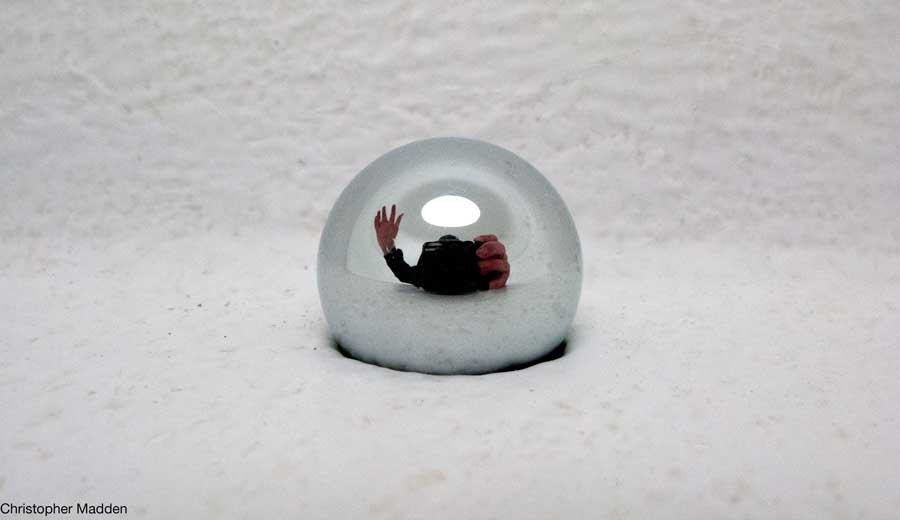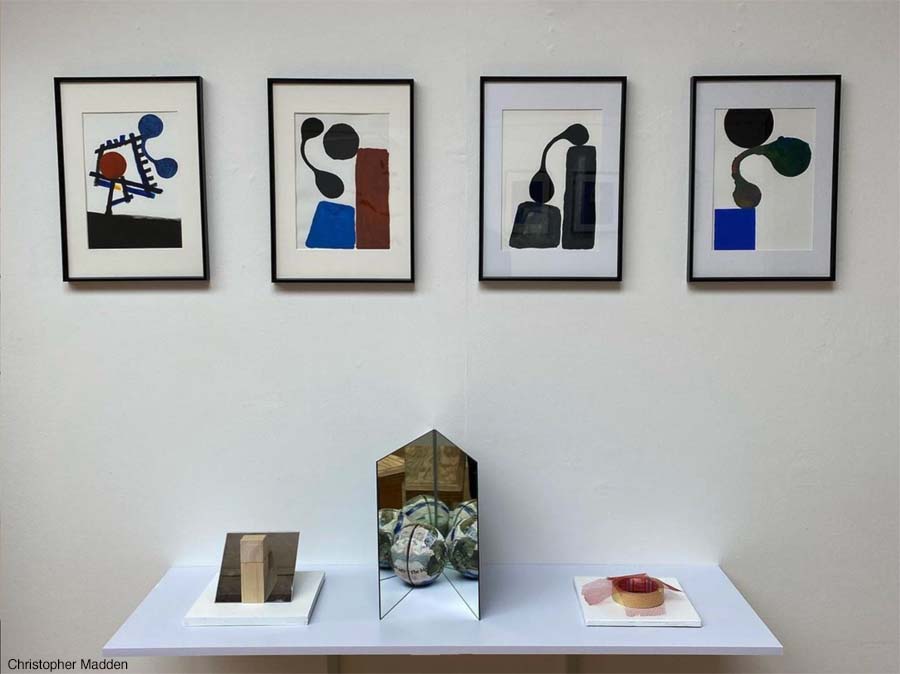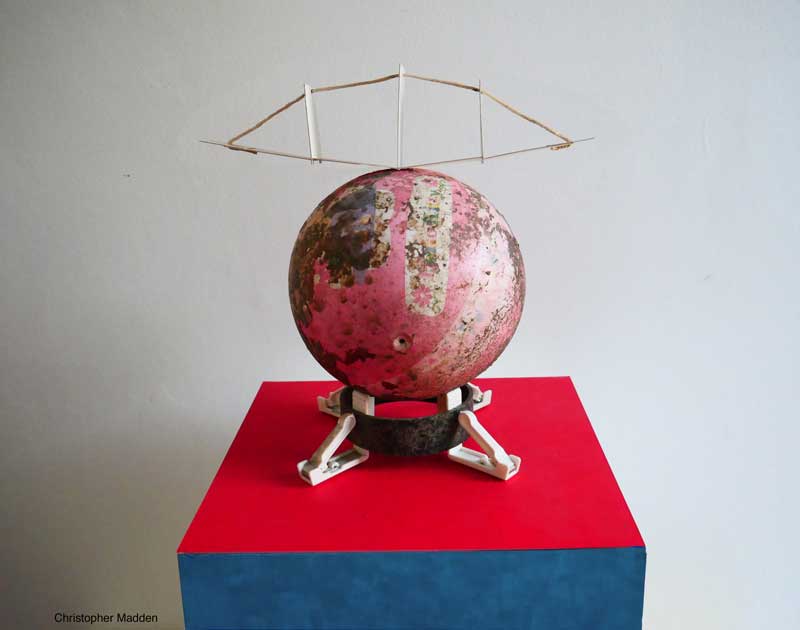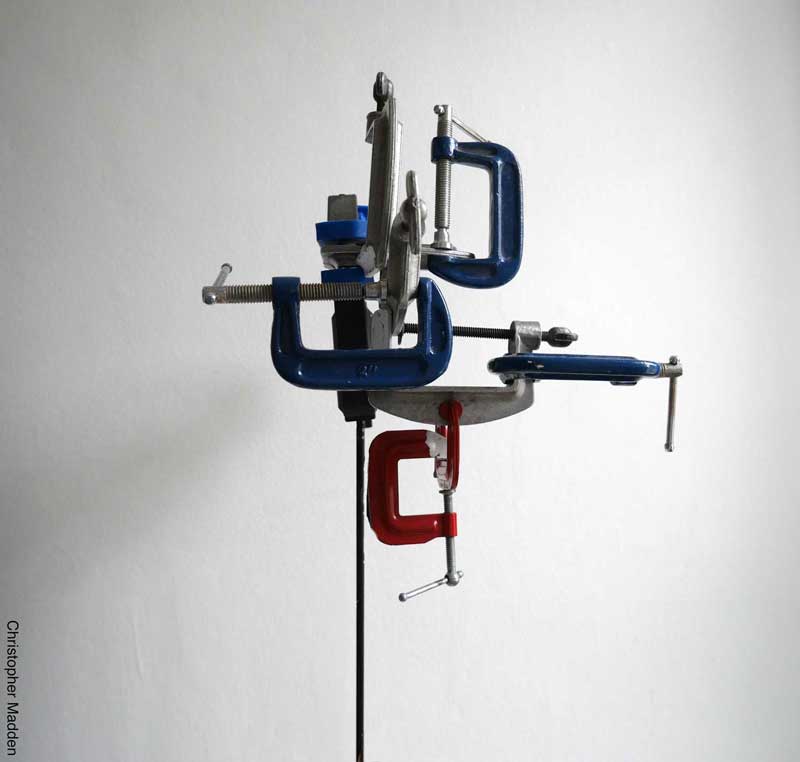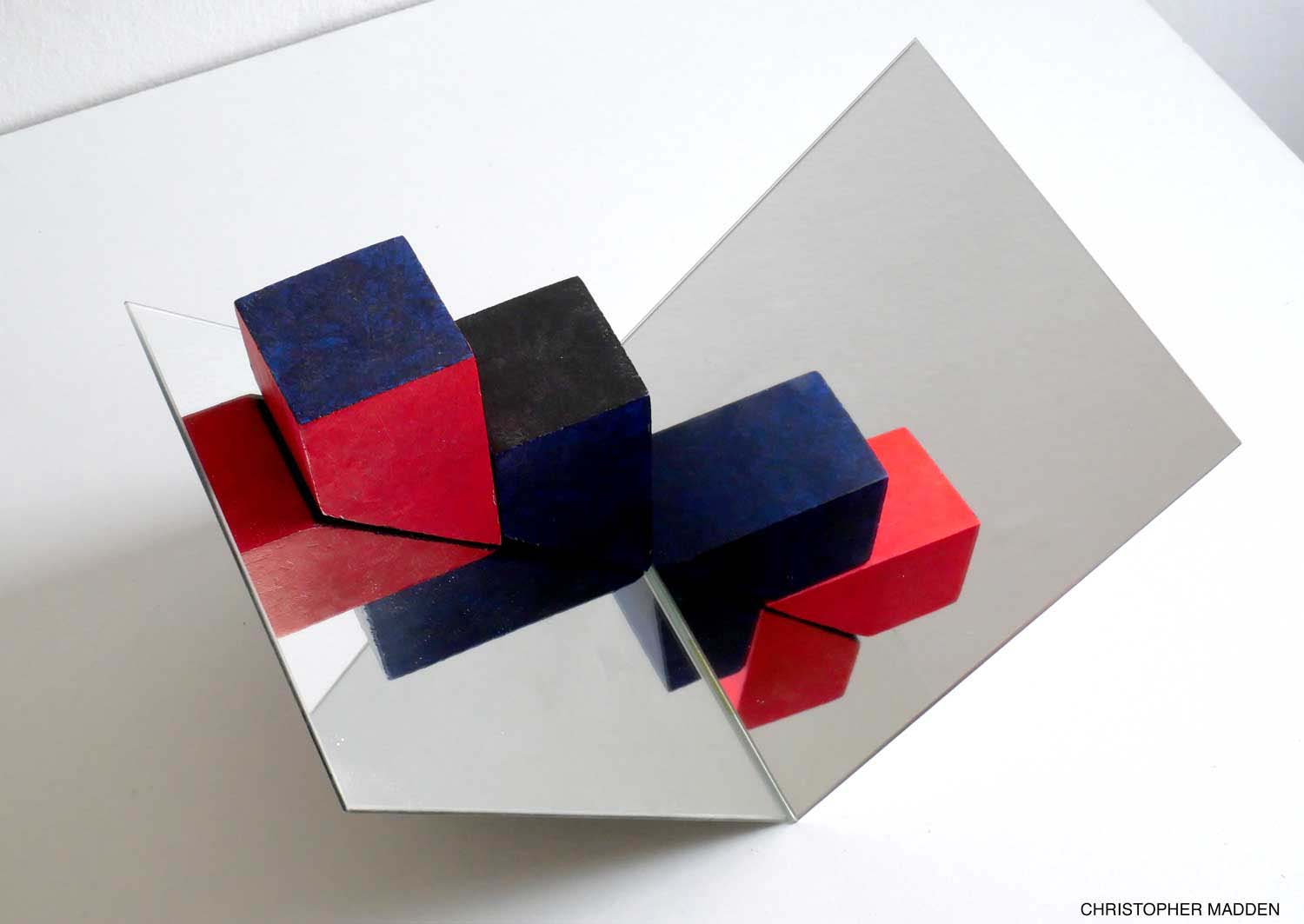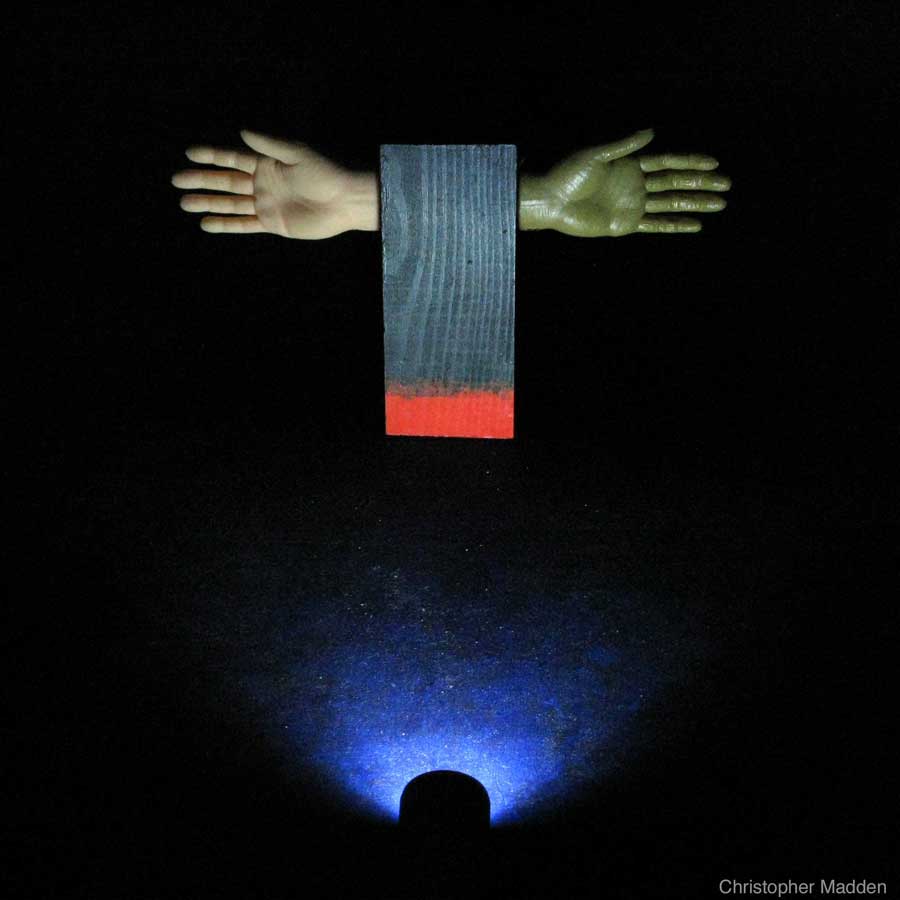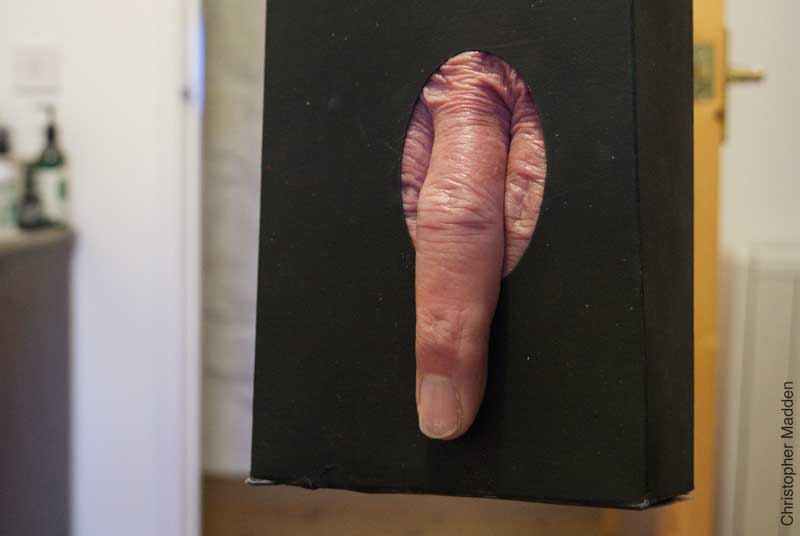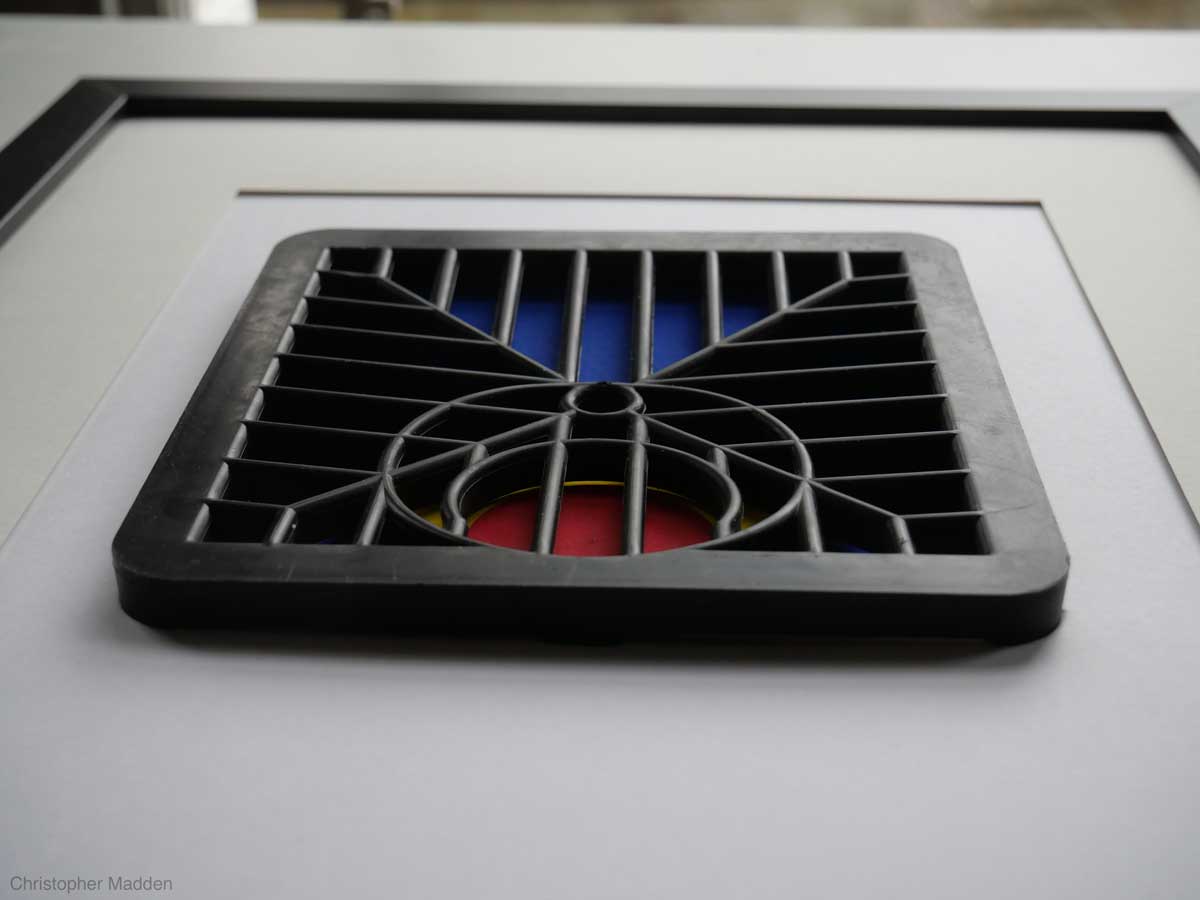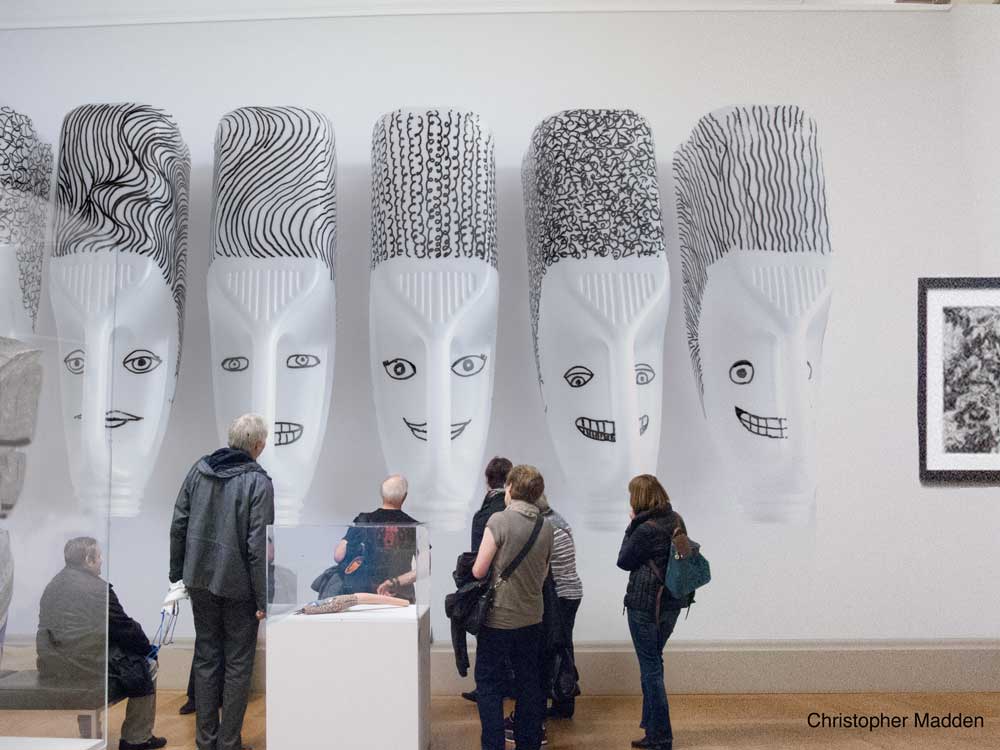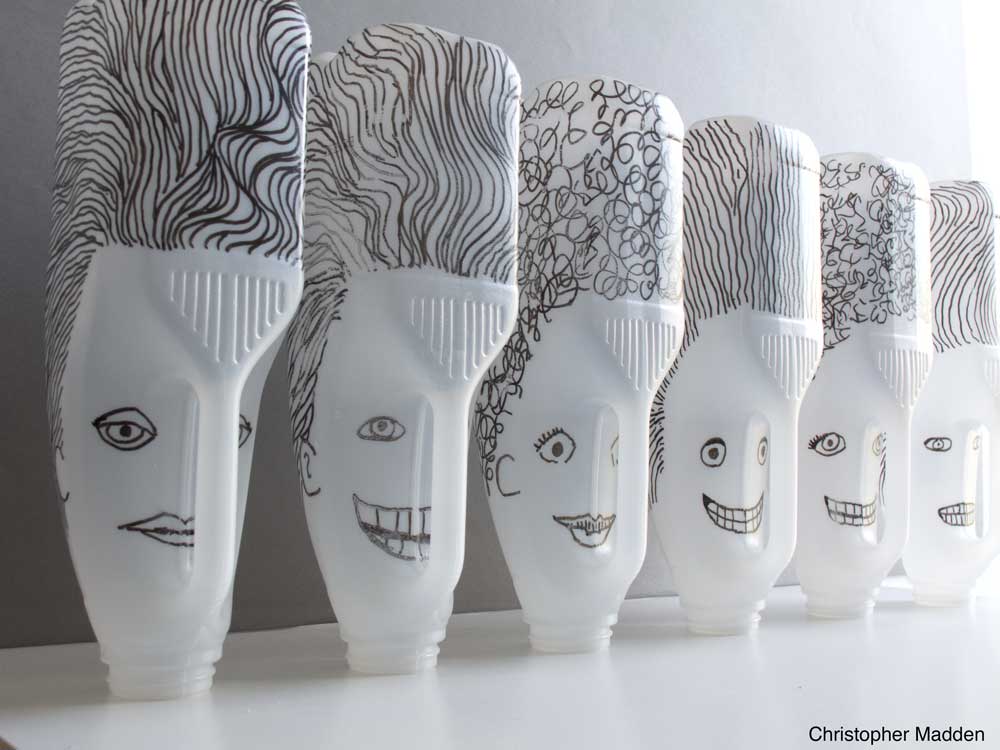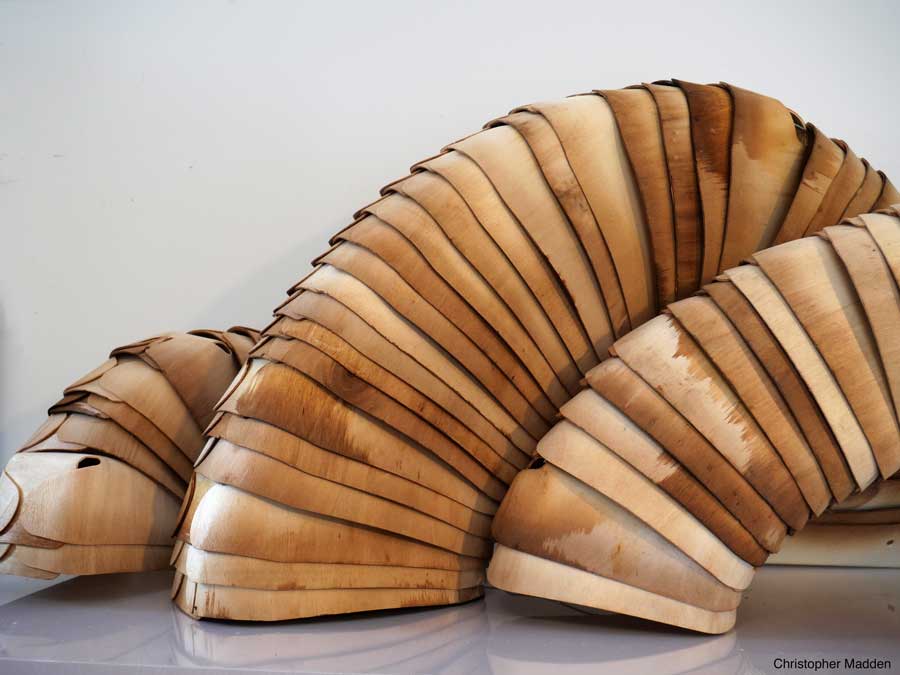
Metamorphosis (from pie containers to insect larvae)
Wood (recycled food containers). 2021.
An assemblage or sculpture fabricated from recycled wooden pie containers.
The pie containers, for Charlie Bigham pies (mainly fish pies with the odd cauliflower cheese in there), are stacked as curved forms suggestive of insect larvae such as caterpillars or grubs.
Insect larvae undergo metamorphosis when they change into the imago or mature form of the insect. Here the pie containers have undergone a similar metamorphosis by turning into the insect larvae.
This work reflects my interest in the natural world and the environment, as well as my concerns for environmental issues caused by human activity (this work being an example of recycling or upcycling of consumer waste).
An example of art made from scrap material. A form of arte povera perhaps.
